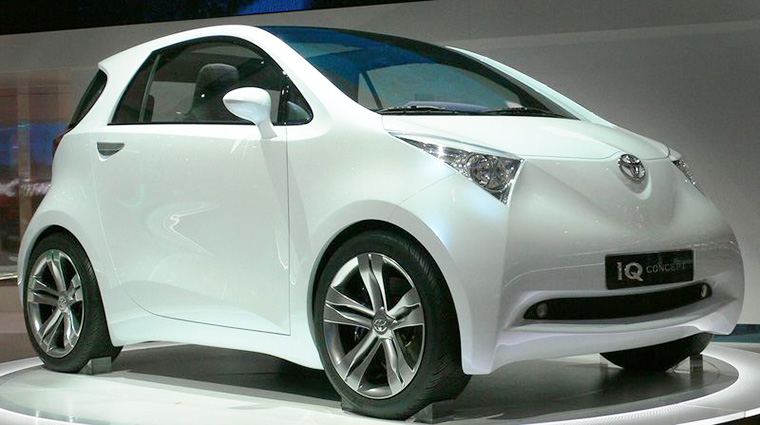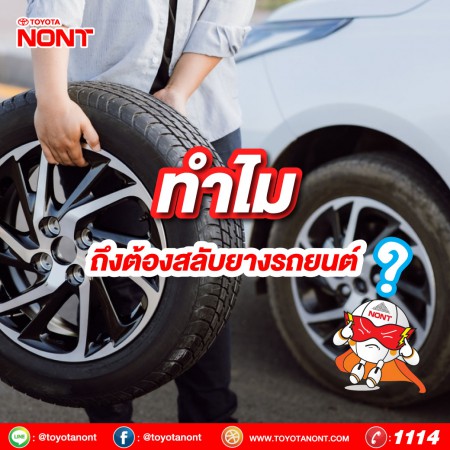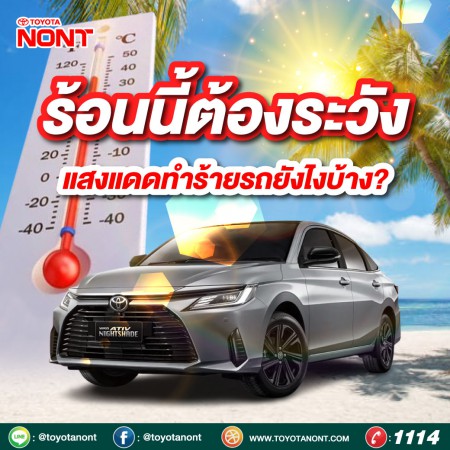

Toyota iQ Part1
The Toyota iQ is a city car first shown to the public at the March 2008 Geneva Auto Show, with Japanese sales having begun in October 2008 and European sales in January 2009. The production iQ followed a concept vehicle presented at the 2007 Frankfurt Auto Show. A North American version of the iQ, branded as the Scion iQ, was released in the U.S. beginning in October 2011 with the West Coast states[3] and Canada in 2012. Deliveries of an all-electric version with a range of 80 km (50 mi) began in the U.S. in March 2013. Production of the Scion iQ EV (Toyota eQ in Japan) will be limited to 100 units for special fleet use in Japan and carsharing demonstration projects in the U.S.
The name iQ, an initialism of the term intelligence quotient, recalls a competitor, the Smart Fortwo. According to Toyota, the i stands for "individuality" "innovation" and "intelligence", while the Q stands for "quality" and points to the iQ's "cubic" shape. It was Japanese Car of the Year for 2008. While the length is in compliance with Japanese government dimension regulations for cars classified as kei car, the width and the engine size are not, and therefore it is defined as a supermini.
The iQ was designed at the Toyota European Design and Development (Toyota ED2) studio in Nice, France.
Design
The design emphasizes low fuel consumption, maneuverability, environmental friendliness, and maximized interior space. Six specific design factors contribute to IQ's minimal overhangs, forward windscreen location, maximized cabin space and overall compactness. These include a newly developed differential and a centre take-off steering gear, a flat fuel tank and rear-angled shock absorbers, a smaller heater/air conditioning unit and asymmetric dashboard, and a slimmer seat design.
KGJ10/NGJ10 (2008–present)
Body styles
| Chassis code | (DBA-)KGJ10-BGXRG | (DBA-)KGJ10-BGXNG | (DBA-)NGJ10-BGXNG | NUJ10-BGFNW |
| Body style | 2-seat | 4-seat | 4-seat | 4-seat |
| Engine | 1KR-FE | 1KR-FE | 1NR-FE | 1ND-TV |
| Years | 2009– | 2008– | 2008– | 2008– |
2-seat version was only sold in Japan.
Engines
| Model | Type | Power @ rpm | torque | CO2 emission (g/km) |
| Petrol engines | ||||
|---|---|---|---|---|
| 1.0 | 998 cc (60.9 cu in) I3 (1KR-FE) | 68 PS (50 kW; 67 hp) @ 6000 | 98 N·m (72 lbf·ft) @ 4800 | 99 manual, 110 CVT |
| 1.0 (Japan) | 996 cc (60.8 cu in) I3 (1KR-FE) | 68 PS (50 kW; 67 hp) @ 6000 | 98 N·m (72 lbf·ft) @ 4800 | CVT: 101 in 10・15 mode, 112 in JC08 mode |
| 1.33 | 1,329 cc (81.1 cu in) I4 (1NR-FE) | 98 PS (72 kW; 97 hp) @ 6000 | 123 N·m (91 lbf·ft) @ 4400 | 113 manual, 120 CVT |
| 1.3 (Japan) | 1,329 cc (81.1 cu in) I4 (1NR-FE) | 94 PS (69 kW; 93 hp) @ 6000 | 118 N·m (87 lbf·ft) @ 4400 | CVT: 101 in 10・15 mode, 112 in JC08 mode |
| Diesel engines | ||||
| 1.4D | 1,364 cc (83.2 cu in) I4 | 90 PS (66 kW; 89 hp) @ 3400 | 190 N·m (140 lbf·ft) @ 1800-3200 | 104 manual |
The 1.0L engine is similar to the engine in Toyota Aygo.The iQ achieves 65.69 mpg-imp (4.3 L/100 km; 55 mpg-US) by European standards.
UK models include only petrol engines.
Early Japan models include only 1.0L three-cylinder engine. 1.33L engine option was added beginning in 2009.[9]
The car is capable of fitting 1.6L four-cylinder engine.[10]
Models with the 1.33L engine include start and stop system, however, only with the manual transmission.
Transmissions
| Model | Type |
| 1.0 | 5-speed manual, CVT (Super CVT‐i)[11] |
| 1.33 | 6-speed manual, CVT (Super CVT‐i) |
| 1.4D | 6-speed manual |
Japan models include only CVT transmission.
Wheels / Tyres
| Model | |
|---|---|
| 1.0 | 175 / 65 / R15 5J |
| 1.33 | 175 / 60 / R16 5J |
| 1.4D | 175 / 65 / R15 5J |
Safety
The iQ includes nine airbags,[13] dual frontal airbags, front seat-mounted side torso airbags, side curtain airbags, front passenger seat cushion airbag, a driver's knee airbag and a newly developed rear curtain airbag to protect backseat passengers' heads from rear end collisions.[14] Vehicle Stability Control, traction control, anti-lock brakes, brake assist, and electronic brakeforce distribution come standard.








